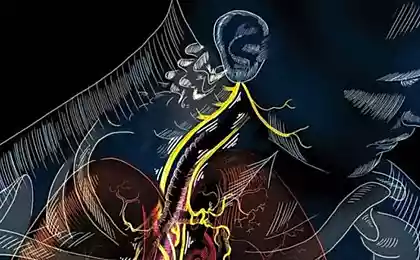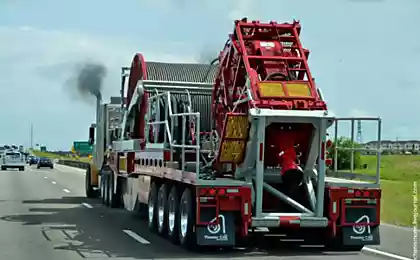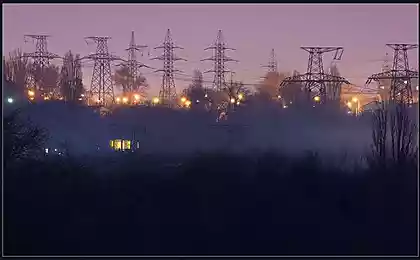202
Forbade her husband to buy a license and sent to driving school, now knows how to switch gears on the mechanics to save fuel.
An experienced driver is able to drive without any effort. And the novice who observes from the sidelines can only watch and admire these precise and verified movements. Of course, it’s just a matter of experience.
Today's edition. "Site" He'll tell the novice drivers, How to switch gears on mechanicsWhy do this at all and what to focus on. Surely a beginner who does not yet have too much experience in driving, the scheme provided below will definitely help.

Of course, even an inexperienced person understands that the higher the speed of the car, the higher the gear should be included. But if when working with an automatic transmission, the speed of the car in motion is regulated only by the pedals “gas” and “brake”, then the mechanics also need to switch gears in a timely manner.

What kind of transmission at what speed? A lot depends on the car itself. Therefore, you can read the instructions for the operation of your car. After all, there may be more accurate information about the permissible speed for each transfer. If there is no such information, then no problem. After all, you can focus on average indicators.
The first gear is usually used when the car is moving at speeds up to 20 km/h. If you need to go faster, you should switch to the next gear.
In the second gear, it is optimal to accelerate to 40 km / h, no more. If you need to go even faster, then switch to third gear. As you can already guess, for the third gear, the car should move at a speed of 40 to 60 km / h.
In the fourth gear can already accelerate from 60 to 100 km / h. The fifth and sixth (if any) allow you to accelerate the car even more. Although I would like to point out that drivers with experience up to 2 years must travel at a speed not exceeding 70 km / h. Therefore, it is not necessary to include the fifth and sixth gears for an inexperienced driver.
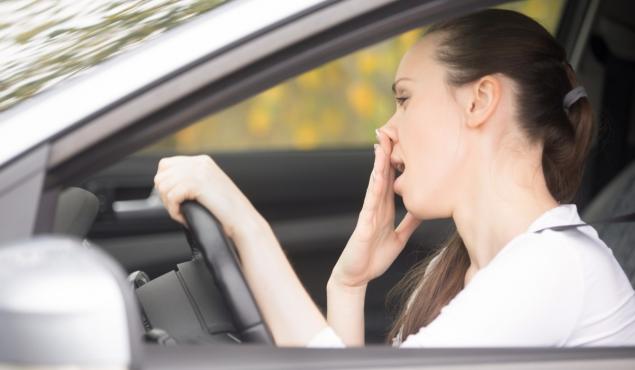
What is needed for each transfer The first transfer is needed in order to move from place. Of course, some manage to start the movement in the second, and even in the third gear. But you can't do that. Also in the first gear you can move on a bad road, so as not to damage the car. The first gear is suitable for extremely slow driving, for example, in a traffic jam.
The second gear is usually needed to disperse the car. Although on some sections of the road, where the optimal speed will be from 20 to 40 km / h, you can go in second gear. Note that the third gear is suitable for traffic around the city. Also, the third gear is suitable for overtaking and simple maneuvers.
On free roads, somewhere outside settlements, the fourth gear is also suitable for traffic. But the fifth and sixth gears, capable of providing higher speeds, should be used on highways, highways and highways. At the same time, at high gears, less fuel will be consumed during high-speed driving.

Speed indicators for each transmission are averaged and approximate. And therefore, to switch, for example, from the first gear to the second can be 18 km / h and 22 km / h. Here you should look more at the tachometer, which shows the speed of rotation.

According to experienced drivers, the optimal indicator here should be somewhere from 1200 to 2500 revolutions per minute. If the revs are below 1200, then they must be increased by including a lower gear, otherwise the car may stall.
If the speed is too high, then switch to the next gear. The speed of the car will remain the same, but the turnover will fall (by about a thousand). The engine will work easier, fuel will be spent more economically.
Of course, sometimes the turnover can be more than 2500. For example, when overtaking, when you need to quickly complete the maneuver, the number on the tachometer can be both 4000 and 5000 revolutions. But if the driver switch regularly lateThis damages the clutch and gearbox. They use more fuel than they need.
As you can see, even an inexperienced driver who does not yet know how to feel the car, when changing gears on the mechanics can navigate both by the speedometer (vehicle speed) and by the tachometer (number of revolutions). In fact, we switch gears in order to control the operation of the engine and keep the number of revolutions in optimal limits.
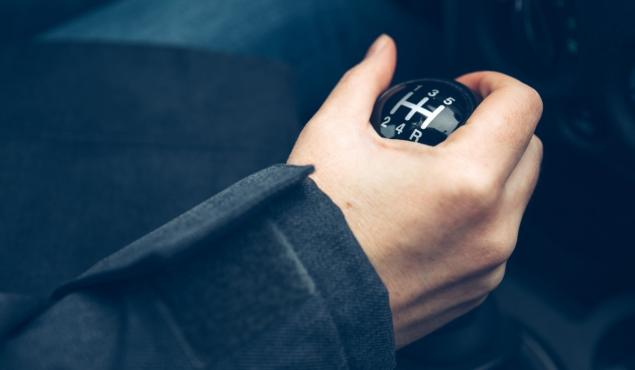
We also advise you to look at the video of an experienced auto instructor Sergei Moryakhin, who explains in detail and shows, How to switch gears on mechanics. Also on his channel there are many videos, which explain the various moments that the driver may face. Beginners will find a lot of useful here.
about:blank
And if you are already an experienced driver, then tell in the comments what was the most difficult on the way to obtaining a driver's license. It'll be interesting to read.
Today's edition. "Site" He'll tell the novice drivers, How to switch gears on mechanicsWhy do this at all and what to focus on. Surely a beginner who does not yet have too much experience in driving, the scheme provided below will definitely help.

Of course, even an inexperienced person understands that the higher the speed of the car, the higher the gear should be included. But if when working with an automatic transmission, the speed of the car in motion is regulated only by the pedals “gas” and “brake”, then the mechanics also need to switch gears in a timely manner.

What kind of transmission at what speed? A lot depends on the car itself. Therefore, you can read the instructions for the operation of your car. After all, there may be more accurate information about the permissible speed for each transfer. If there is no such information, then no problem. After all, you can focus on average indicators.
The first gear is usually used when the car is moving at speeds up to 20 km/h. If you need to go faster, you should switch to the next gear.
In the second gear, it is optimal to accelerate to 40 km / h, no more. If you need to go even faster, then switch to third gear. As you can already guess, for the third gear, the car should move at a speed of 40 to 60 km / h.
In the fourth gear can already accelerate from 60 to 100 km / h. The fifth and sixth (if any) allow you to accelerate the car even more. Although I would like to point out that drivers with experience up to 2 years must travel at a speed not exceeding 70 km / h. Therefore, it is not necessary to include the fifth and sixth gears for an inexperienced driver.

What is needed for each transfer The first transfer is needed in order to move from place. Of course, some manage to start the movement in the second, and even in the third gear. But you can't do that. Also in the first gear you can move on a bad road, so as not to damage the car. The first gear is suitable for extremely slow driving, for example, in a traffic jam.
The second gear is usually needed to disperse the car. Although on some sections of the road, where the optimal speed will be from 20 to 40 km / h, you can go in second gear. Note that the third gear is suitable for traffic around the city. Also, the third gear is suitable for overtaking and simple maneuvers.
On free roads, somewhere outside settlements, the fourth gear is also suitable for traffic. But the fifth and sixth gears, capable of providing higher speeds, should be used on highways, highways and highways. At the same time, at high gears, less fuel will be consumed during high-speed driving.

Speed indicators for each transmission are averaged and approximate. And therefore, to switch, for example, from the first gear to the second can be 18 km / h and 22 km / h. Here you should look more at the tachometer, which shows the speed of rotation.

According to experienced drivers, the optimal indicator here should be somewhere from 1200 to 2500 revolutions per minute. If the revs are below 1200, then they must be increased by including a lower gear, otherwise the car may stall.
If the speed is too high, then switch to the next gear. The speed of the car will remain the same, but the turnover will fall (by about a thousand). The engine will work easier, fuel will be spent more economically.
Of course, sometimes the turnover can be more than 2500. For example, when overtaking, when you need to quickly complete the maneuver, the number on the tachometer can be both 4000 and 5000 revolutions. But if the driver switch regularly lateThis damages the clutch and gearbox. They use more fuel than they need.
As you can see, even an inexperienced driver who does not yet know how to feel the car, when changing gears on the mechanics can navigate both by the speedometer (vehicle speed) and by the tachometer (number of revolutions). In fact, we switch gears in order to control the operation of the engine and keep the number of revolutions in optimal limits.

We also advise you to look at the video of an experienced auto instructor Sergei Moryakhin, who explains in detail and shows, How to switch gears on mechanics. Also on his channel there are many videos, which explain the various moments that the driver may face. Beginners will find a lot of useful here.
about:blank
And if you are already an experienced driver, then tell in the comments what was the most difficult on the way to obtaining a driver's license. It'll be interesting to read.
Today I stuffed prunes with garlic and walnuts, tomorrow I will try to do with beets, it seems that it can be stuffed with anything.
Up to 55 years did not know what to do with the grille inside the oven, used it only as a stand




